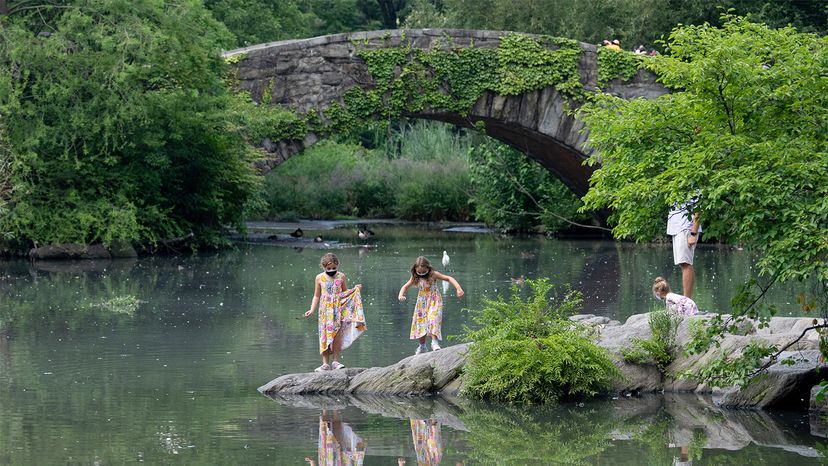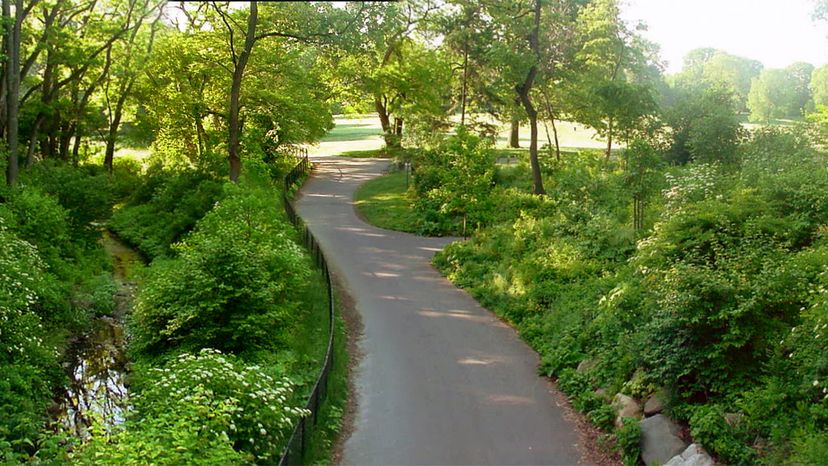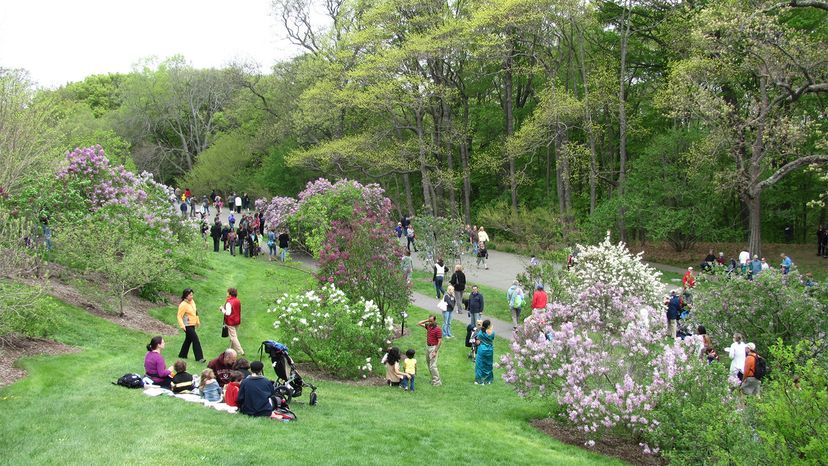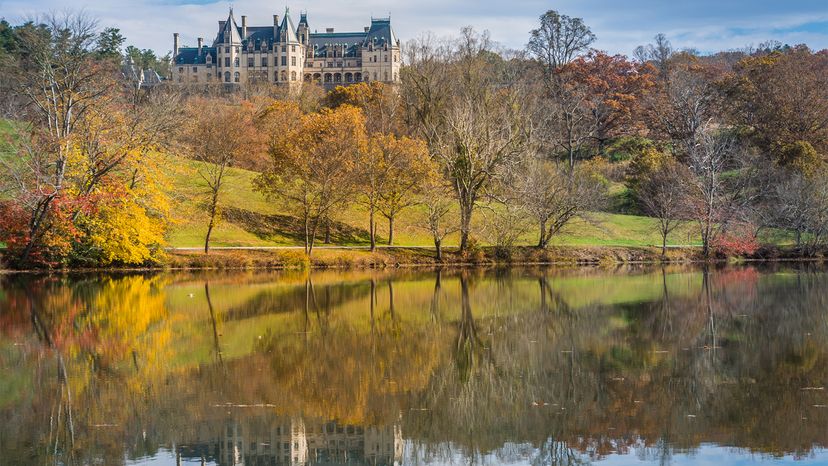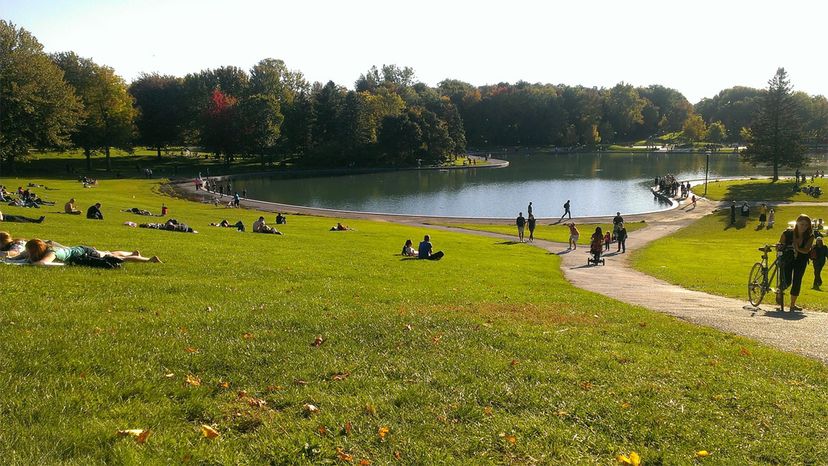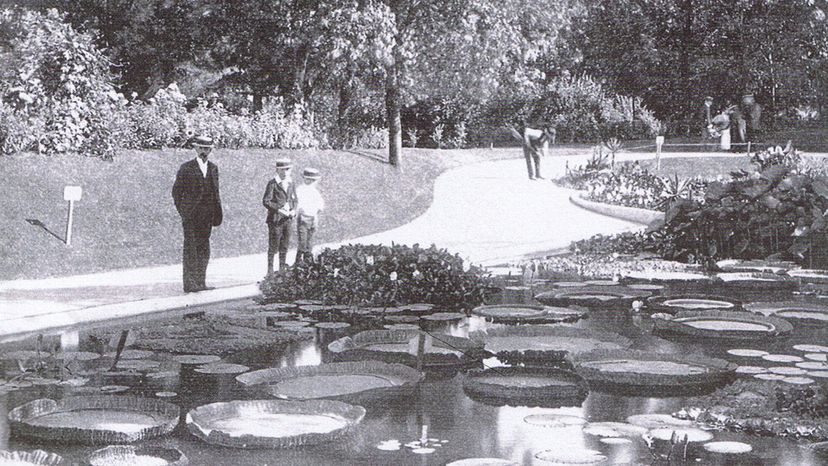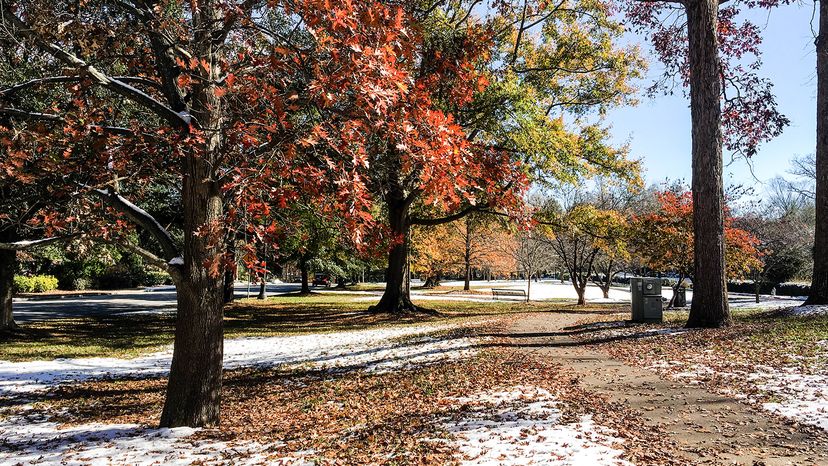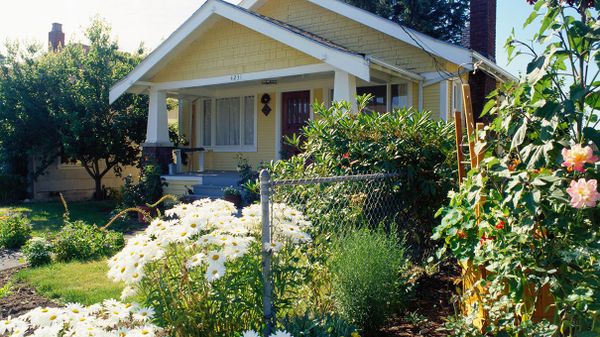
While Frederick Law Olmsted (1822-1903), born 200 years ago, is probably best known for his design of New York City's Central Park, the Connecticut native and his landscape architectural firm actually created many scenes of beauty nationwide. Among them: parks and parkway systems, diverse recreation areas, college and institutional campuses, urban and suburban areas, planned communities, cemeteries and specialized landscapes for arboreta and expositions. In many respects a late bloomer, Olmsted was lucky to have an indulgent dad who was willing to finance him and his wide array of endeavors — including merchant, apprentice seaman, publisher, experimental farmer, author, public administrator and mine manager — until he found his life's calling in 1865. That's when, at 43 years old, he decided to fully devote himself to landscape architecture, nearly a decade after he co-designed Central Park.
"Frederick Law Olmsted was an innovator, author, public official, city planner and 'Father of Landscape Architecture' whose remarkable designs have literally transformed the American landscape," says Anne Neal Petri, president and CEO of the National Association for Olmsted Parks, in an email interview. "While his physical landscapes are a remarkable legacy, the values behind them are equally important. Olmsted understood that the thoughtful design and planning of parks and public spaces have powerful social, environmental, economic and health impacts on the lives of people and communities."
Advertisement
Once largely owned solely by the wealthy, public parks and civic spaces, Olmsted felt, were 'democratic spaces' that belonged to all Americans. "He believed that well-designed and maintained parks and landscapes have the power to unite and strengthen communities by providing a place of rest and rejuvenation for all, regardless of class, wealth or ethnicity," says Petri. "Long before science confirmed his views, he understood the power of parks to invigorate public health by restoring people's connection to nature.
"In many ways, he was a social reformer, realizing that the landscape could advance mental and physical health at a time when cities were dirty, crowded and unhealthy," she adds. "He called parks the 'lungs of the city' because they were designed to be healthful places for city residents. Long before Richard Louv coined the phrase "nature deficit disorder," Olmsted realized the importance of restoring people's contact with nature, particularly as more and more people moved to cities. It is interesting that, in his day, doctors actually started prescribing walks in Central Park as therapy. This was exactly what the landscape architect ordered."
In all, Olmsted designed 100 public parks and recreation grounds during the course of his career, with he and his successor firms creating more than 1,090 public parks and parkway systems over a period of 100 years. "Pretty amazing!" says Petri. Here is a look at eight famous parks he designed, plus one tiny one you might not know about.
Advertisement
